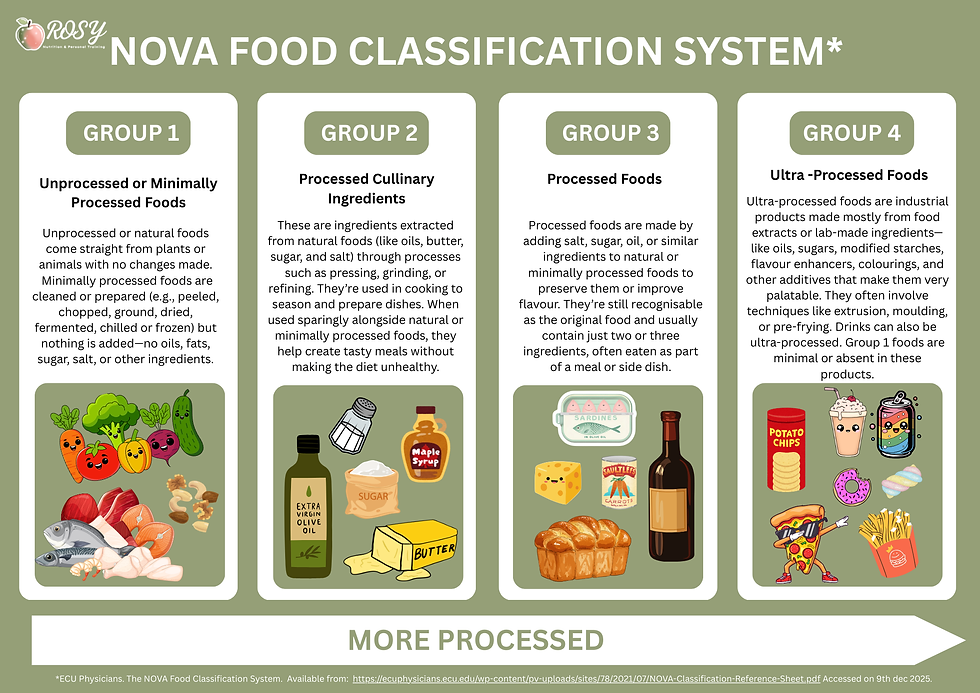The many benefits of eating the rainbow
- Mar 6, 2023
- 5 min read
Updated: Mar 12, 2023
Who doesn’t love a rainbow? In the West, the rainbow is a symbol of hope. In Hindu culture, the colours of the rainbow represent the body’s 7 energy centres, or chakras. The chakra association with colour is interesting, as it suggests that access to all colours is important for our energetic health.


